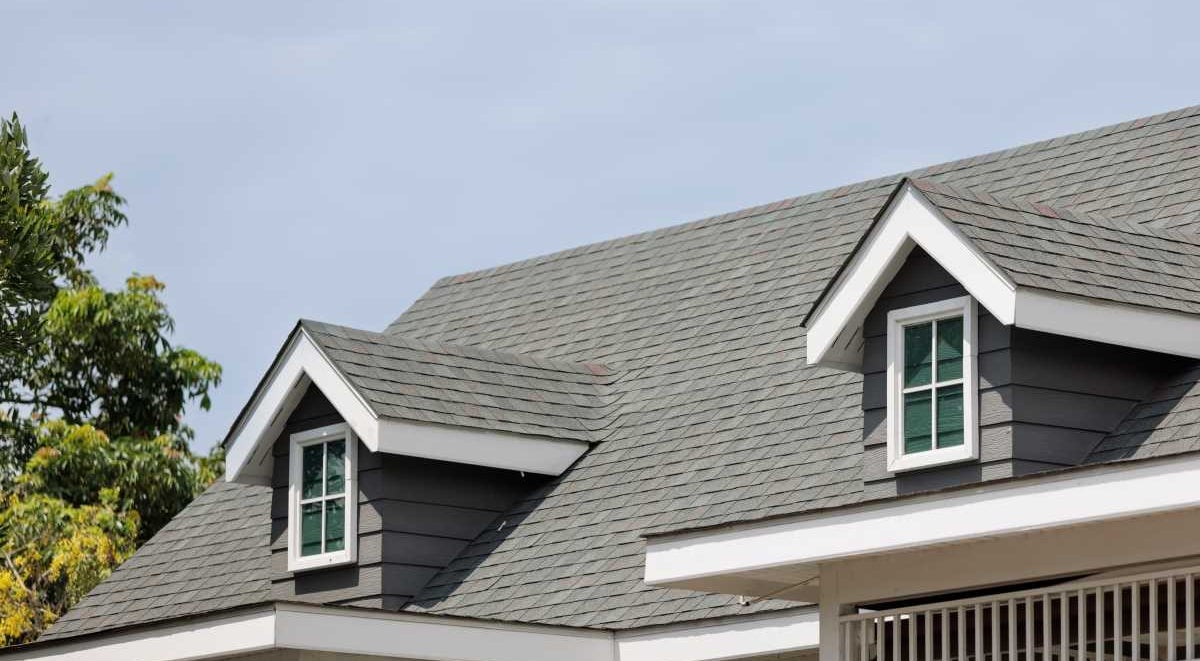Home insurance in Texas*
Protect your home with top-rated coverage that could save you money.
Protect your home with top-rated coverage that could save you money.
Whether you do it yourself online or speak with one of our friendly representatives over the phone, Kin makes it easy to find coverage.

Property info
Customize your quote
Get covered
Tell us about your home.
Answer a few basic questions and we’ll generate your home insurance quote in minutes.
Personalize your policy.
Customize your coverages, limits, and deductibles to get the protection you need at a price that fits your budget.
Get covered.
Review your quote and sign your application online. Any questions? Our licensed agents are here to help.
Rest easy knowing your coverage protects what matters most.
for the actual structure of your home, inside and out.
for things like your detached garage or shed.
for your personal belongings that make your house a home.
for additional living expenses when a covered loss forces you to temporarily relocate.
if you accidentally cause someone bodily injury or property damage.
if a guest is injured on your property.
The average cost of home insurance has increased to $2,146 per year in Texas, but you can save money by protecting your home, avoiding damage, and selecting sustainable options.

Home security - for installing security and fire alarms.
Wind mitigation - the more wind-proof your home, the better.
Water detection - because no one wants a flooded home.
Claims-free - for keeping your home safe over the years.
Electronic policy - for reducing your carbon footprint by saving some paper.
From small claims to disasters, we're here to help you recover quickly.
We reach out before and after major weather events to make sure you’re okay — and to assist if you need to file a claim.
Easily file a claim over the phone with a member of our support team or online in your Customer Portal.
Our licensed insurance experts are available to help via email, phone, or live chat.
We help Texans find coverage across the entire Lone Star State!

While we sell policies in every county in Texas, including these major cities:
Arlington
Austin
Dallas
Fort Worth
El Paso
Houston
Plano
San Antonio
The average cost of Texas home insurance premiums is $2,146 per year, according to the latest data from the National Association of Insurance Commissioners in 2021, but many states have seen significant price increases since then. Texas is the 4th most expensive state for home insurance because of the high risk of natural disasters such as hurricanes, tornadoes, and wildfires. The cost of your premium will also depend on your home’s location and other characteristics.
No states require home insurance by law, but almost all mortgage lenders do. Even if your lender doesn’t require home insurance, it’s a good financial investment that can save you thousands of dollars in out-of-pocket repair costs.
Like other Gulf Coast states, Texas’s home insurance rates are influenced by annual hurricane risks, as well as tornadoes and wildfires. Your own insurance rates will depend on where you live in the state, the age of your home, your home’s characteristics, and other factors.
Though it’s sometimes referred to as hurricane insurance, Texas homeowners should check to ensure their home insurance policies include coverage for wind damage caused by hurricanes. The policies we offer in Texas come with wind damage coverage automatically.
Texans are also eligible for our Signature Coverage Collection for high-value homes.